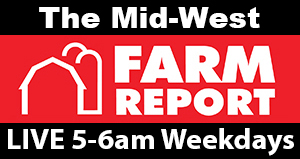Amidst today’s dairy crisis, it might be easy to forget that we’ve been looking for solutions to economic waves for years. Catherine Durand, an economist for Agrimark, gives us a history brief, starting with the farm crisis in the 1980s.
It all started in 1982 with trying to tackle a refundable assessment program, which would assess dairy farmers but offer refund of those assessments to farmers not increasing their production. The Omnibus Reconciliation Act was the first government program to attempt this. Catherine said it was successful in helping farmers offset prices but didn’t help much with decreasing production.
Going into 1983, farmers had the Dairy Production Stabilization Act. This program paid farmers to decrease their production. Catherine said this worked for the extent of the program, but production rose immediately after it ended. “It was a successful program, but only on the short term,” she said.
Catherine remarked that the mos successful attempt was The Food Security Act of 1985 created the Dairy Termination Program, also known as “The Whole Herd Bio Program”. The government paid farmers to exit the industry. There was a five-year provision, taking farms out of production for at least that long, impacting supply long-term.
Smaller attempts moving forward included:
In 1988-90, the Secretary of Agriculture would have been allowed to bring back The Milk Diversion Program or The Whole Herd Bio Program. He never exercised this authority.
In 1990, The Omnibus Reconciliation Act returned, but this time was around very low price levels. There wasn’t much of an incentive for producers to decrease production.
Recent dairy production programs have been regional, said Ben Lane from CoBank. The Midwest, especially with dairy-rich Wisconsin, has different needs than the Northeast. There is an increasing number of farmers calling for nation-wide legislation again. While there have been small changes made recently, some farmers want more.
